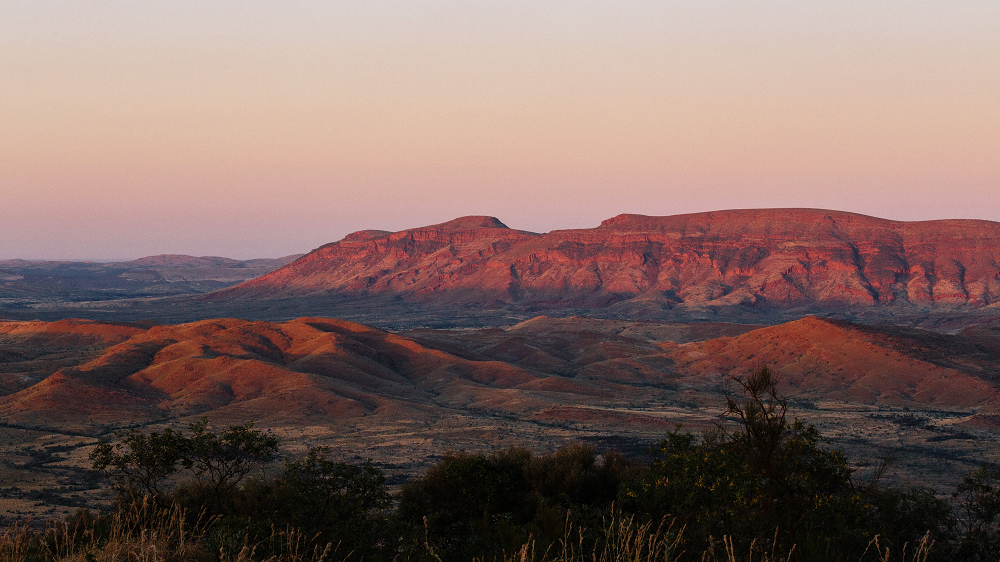
Rio Tinto has apologised for destroying Ice Age-era caves last week at the Juukan Gorge aboriginal heritage site in Western Australia, following a public backlash over the loss of an important cultural landmark.
While the Anglo-Australian mining giant blasted the rock formations with all the necessary regulatory approvals, it has drawn criticism for not revising its plans following the discovery of new historical artefacts at the shelter, which shows evidence of human habitation dating back 46,000 years.
Plans to develop other sites in the Juukan Gorge area, which is home to the Puutu Kunti Kurrama and Pinikura (PKKP) people, have now been placed under review “as a matter of urgency”.
“We are sorry for the distress we have caused,” added Rio Tinto’s iron chief executive Chris Salisbury.
“We will continue to work with the PKKP to learn from what has taken place and strengthen our partnership.
“From a broader perspective, as we already work within all existing frameworks, we will launch a comprehensive review of our heritage approach, engaging traditional owners to help identify, understand and recommend ways to improve the process.”
Rio Tinto has faced criticism over Juukan Gorge destruction
Approval to detonate explosives at the Brockman 4 iron ore project in Pilbara was granted in 2013, but subsequent examinations of Juukan Gorge have unearthed several items of cultural and historical significance – which spokespeople for the PKKP argue should have led to a review of the plans.
Rio Tinto proceeded with the blasting on Sunday 24 May – three days before the start of National Reconciliation Week, an annual observance of Australia’s cultural histories and traditions.
The miner has since faced a barrage of criticism ranging from investor groups to policymakers and indigenous leaders.
In a statement cited by Reuters, PKKP spokesman John Ashburton called the destruction of the cave shelters a “devastating blow” to the aboriginal community.
“There are less than a handful of known aboriginal sites in Australia that are as old as this one … its importance cannot be underestimated,” he added.
“Our people are deeply troubled and saddened by the destruction of these rock shelters and are grieving the loss of connection to our ancestors as well as our land.”
Heritage legislation falls under scrutiny
Ken Wyatt, Australia’s minister for indigenous affairs, and the first aboriginal to hold the office, called for policy change to avoid a repeat of the incident, saying on Twitter “it seems quite clear … the legislation has failed”.
He added: “We need to have a good understanding of why this was allowed to happen and what needs to change to prevent this happening again in the future.”
It’s incredibly important this doesn’t happen again.
The WA State Government needs to ensure that their legislation and approvals processes protect our Indigenous cultural heritage.
It seems quite clear, that in this instance, the legislation has failed. (2/3)
— Ken Wyatt MP (@KenWyattMP) May 29, 2020
The incident has strengthened calls for a reform of Western Australia’s Aboriginal Heritage Act – which has not been updated since 1972 and is currently in the process of being redrafted.
Rio Tinto has said it recognises that a broad review of heritage management in the state is needed, and that it will “advocate where relevant for legislative reform”.
“We are committed to updating our practices and working together so that we can co-exist for mutual benefit,” added iron ore boss Salisbury.
Last week, Australian miner Fortescue Metals Group was denied a legal challenge over indigenous land rights at the site of its Solomon iron ore project in Pilbara, paving the way for a series of compensation claims from traditional owners over the loss of cultural and economic resources caused by the mining operation.



